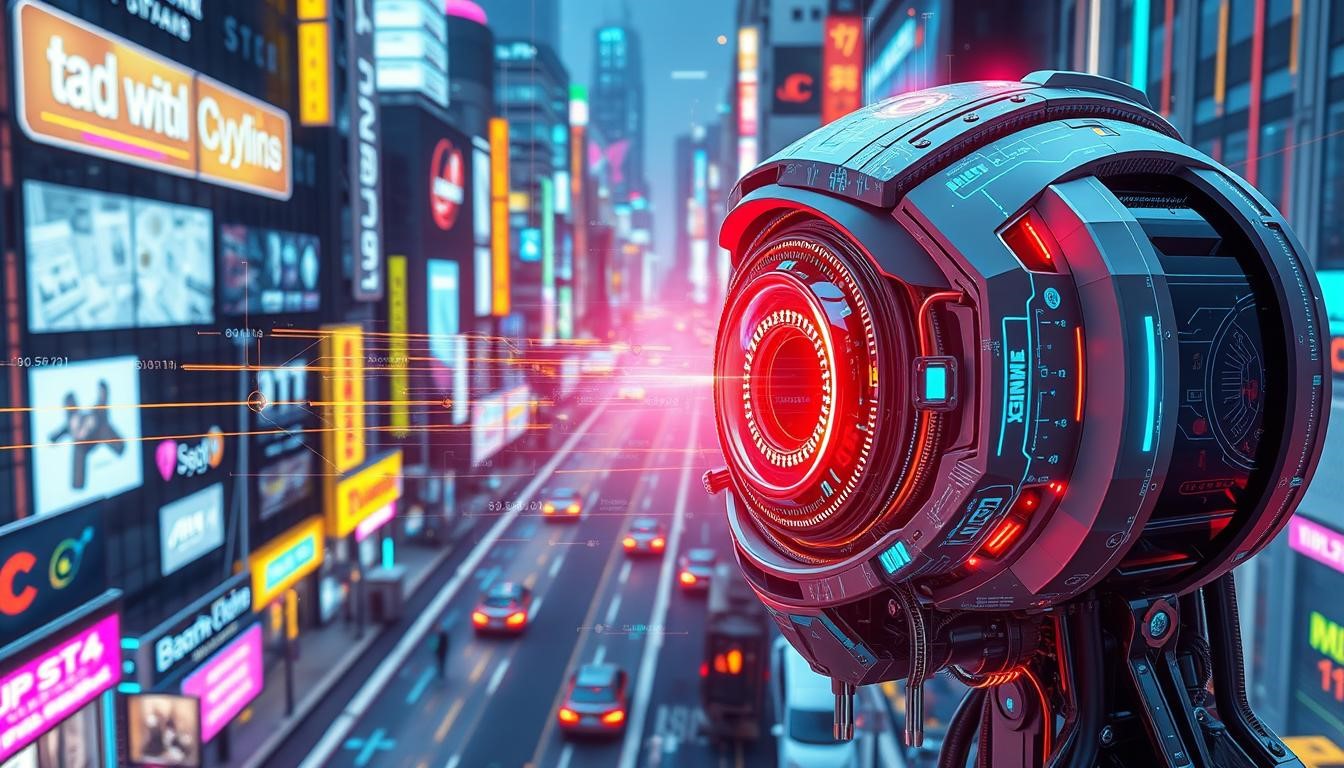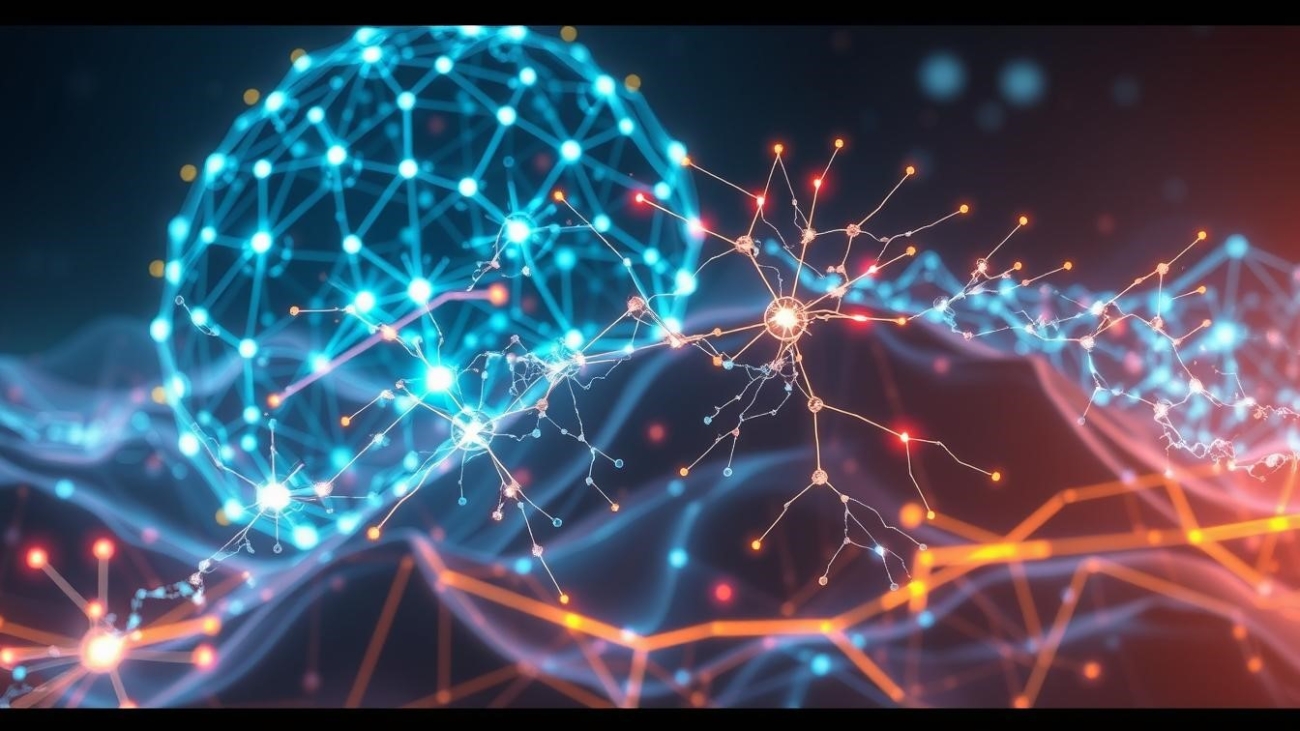In today’s fast-changing tech world, artificial intelligence (AI) is making a big impact. It’s changing how we see and use digital stuff. AI imaging is a key area where AI and machine learning meet to change how we see and understand pictures.
Looking into AI imaging, we see how deep learning is changing how we see and find patterns. It’s all about computer vision and new ways to make neural networks work. This has opened up new ways to classify images, find objects, and even create new pictures.

Exploring AI imaging, we learn about the key parts that make these smart systems work. We see how far we’ve come and what’s next. Understanding how AI sees and analyzes images helps us see its big impact in many fields.
Let’s dive into the exciting world of AI imaging. Here, the digital and real worlds mix, opening up endless possibilities for new ideas and discoveries.
Fundamentals of Artificial Intelligence in Image Processing
Artificial Intelligence (AI) has changed image processing a lot. It has opened up new areas in machine vision and computer vision. The key to this change are the basic AI principles that help understand visual data.
Basic Principles of Machine Vision
Machine vision is a big part of AI image processing. It uses computer algorithms to understand and analyze digital images. AI systems can see, process, and find important info in images. This helps with many things, like recognizing objects and finding defects.
Core Components of AI Image Analysis
The main parts of AI image analysis are feature extraction, pattern recognition, and image segmentation. These use AI algorithms to find and sort out important parts in images. This makes it possible for things like facial recognition, medical imaging, and self-driving cars.
Historical Evolution of AI Imaging
The history of AI imaging goes back to the start of computer vision. Pioneers in the field set the stage for today’s advancements. From early work on edge detection and image segmentation to recent deep learning breakthroughs, AI imaging has come a long way.

How Deep Neural Networks Transform Visual Data
At the heart of modern artificial intelligence (AI) image processing lies the power of deep neural networks. These sophisticated algorithms have changed how we see and understand visual data. They open new doors in fields like computer vision and image generation.
Deep neural networks are inspired by the human brain’s neural structure. They have many layers that work together. These layers help extract and analyze complex features from visual inputs.
Unlike old computer vision methods, deep learning models learn from data. They don’t need to be programmed for each task.
The power of deep neural networks is in their ability to handle complex visual data. They use layers of artificial neurons to extract features. These features range from simple shapes to complex concepts.
This approach helps deep learning models solve big challenges. They can detect objects, segment images, and even create photorealistic images.
As deep learning grows, its use in visual data processing is expanding. It’s changing how we see and interact with the world. From improving medical images to automating tasks, its impact is amazing.
AI Imaging: From Pixel Recognition to Pattern Analysis
The journey of AI imaging has moved from basic pixel recognition to complex pattern analysis. This evolution is thanks to better image processing algorithms and feature extraction methods. These advancements have made pattern recognition algorithms more sophisticated.
Pixel-Level Processing Methods
AI imaging starts with processing each pixel in an image. Techniques like edge detection and image segmentation help find different parts of a scene. These methods are the foundation for more detailed analyses.
Feature Extraction Techniques
Feature extraction builds on pixel processing. It finds unique characteristics like shapes and textures. These can help identify objects or faces. Deep learning algorithms help find complex features in images.
Pattern Recognition Algorithms
Pattern recognition is the top level of AI imaging. It uses features to understand images and their connections. This lets AI systems see and understand complex patterns, from objects to scenes.
The mix of pixel recognition, feature extraction, and pattern analysis has opened new areas in AI imaging. It allows systems to see and understand the world in new ways.
Real-World Applications of AI Image Processing
Artificial Intelligence (AI) has changed how we handle and understand images. It’s used in many fields, from medical imaging to self-driving cars. AI is making our world more interactive and efficient.
In medicine, AI helps spot diseases early and accurately. It looks at X-rays and MRI scans to find patterns humans might miss. This leads to better care and lower costs for patients.
Autonomous vehicles also use AI to stay safe on the road. They see objects and signs with computer vision. This tech could make driving safer and change how we travel.
Satellite images get a boost from AI too. It analyzes data to track land use and environmental changes. This helps with planning cities and saving the environment.
Facial recognition systems use AI to identify people. They help keep us safe by catching criminals. But, we must think about privacy and freedom when using this tech.
AI image processing is growing, bringing new solutions to many areas. It promises to make our lives better. But, we must use it wisely, thinking about its impact on society.
FAQ
What are the basic principles of machine vision in AI imaging?
Machine vision is key in AI imaging. It analyzes and interprets visual data automatically. Techniques like image segmentation and object detection help understand images.
How do the core components of AI image analysis work?
AI image analysis has several key parts. These include getting data, preparing images, extracting features, and classifying them. Together, they turn raw data into useful insights.
How do deep neural networks transform visual data?
Deep neural networks are great at handling complex visual data. They have layers that help learn and recognize patterns. This has changed AI imaging a lot.
How do feature extraction techniques improve AI image analysis?
Techniques like edge detection help AI systems focus on important visual details. This makes image analysis more accurate and efficient.
How do diffusion models and style transfer technologies contribute to AI image generation?
Diffusion models and style transfer create new images. They learn to reverse a noising process or transfer styles. This leads to unique, creative images.
What are some real-world applications of AI image processing?
AI image processing is used in many areas. It helps in medical diagnostics, autonomous vehicles, and facial recognition. It’s changing industries by automating tasks and finding insights in images.
What are the current challenges and limitations in AI image recognition?
AI imaging faces challenges like handling occlusion and lighting changes. It also deals with ethical issues like privacy and bias. These need to be addressed as these technologies grow.


Add a Comment